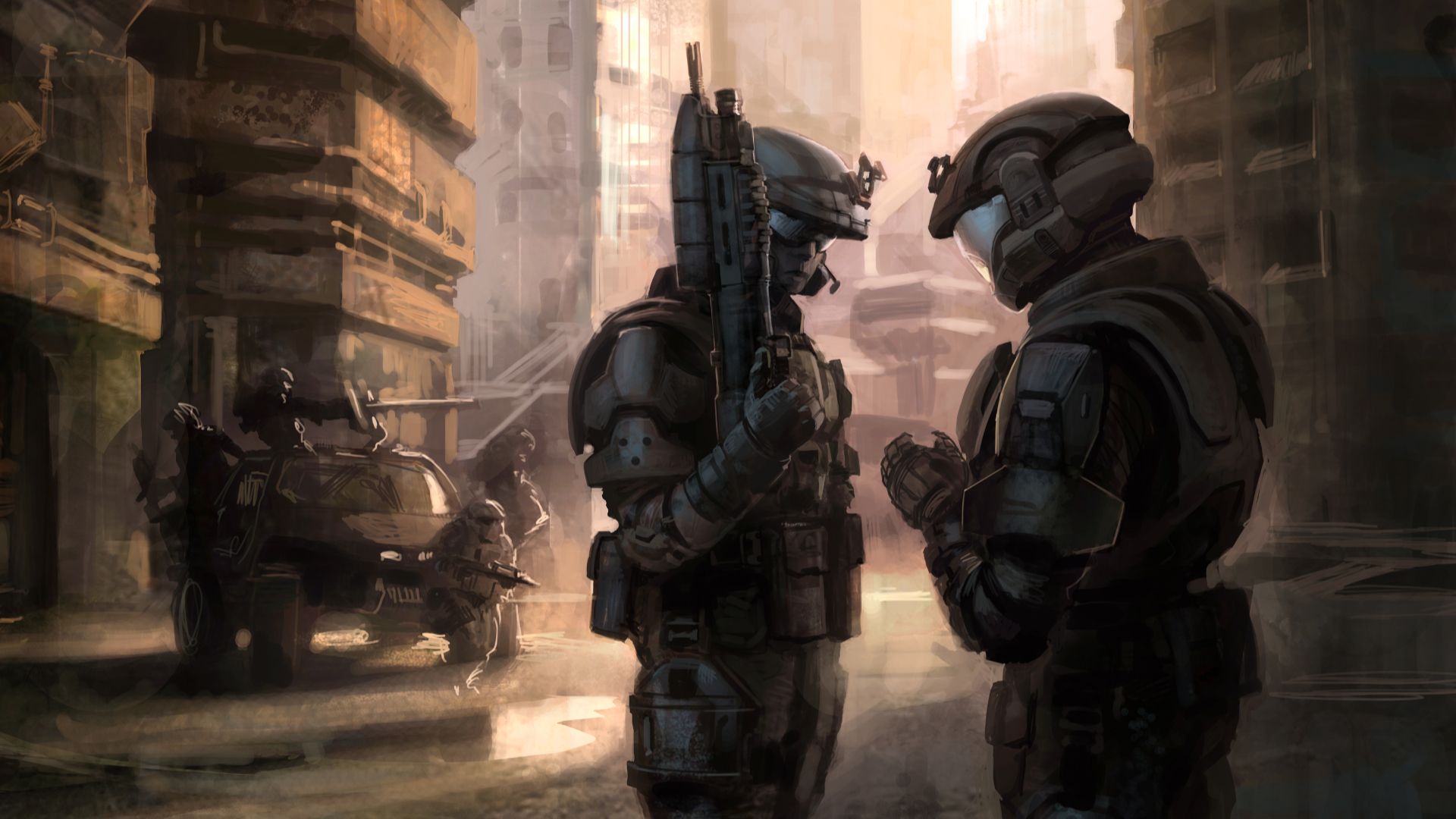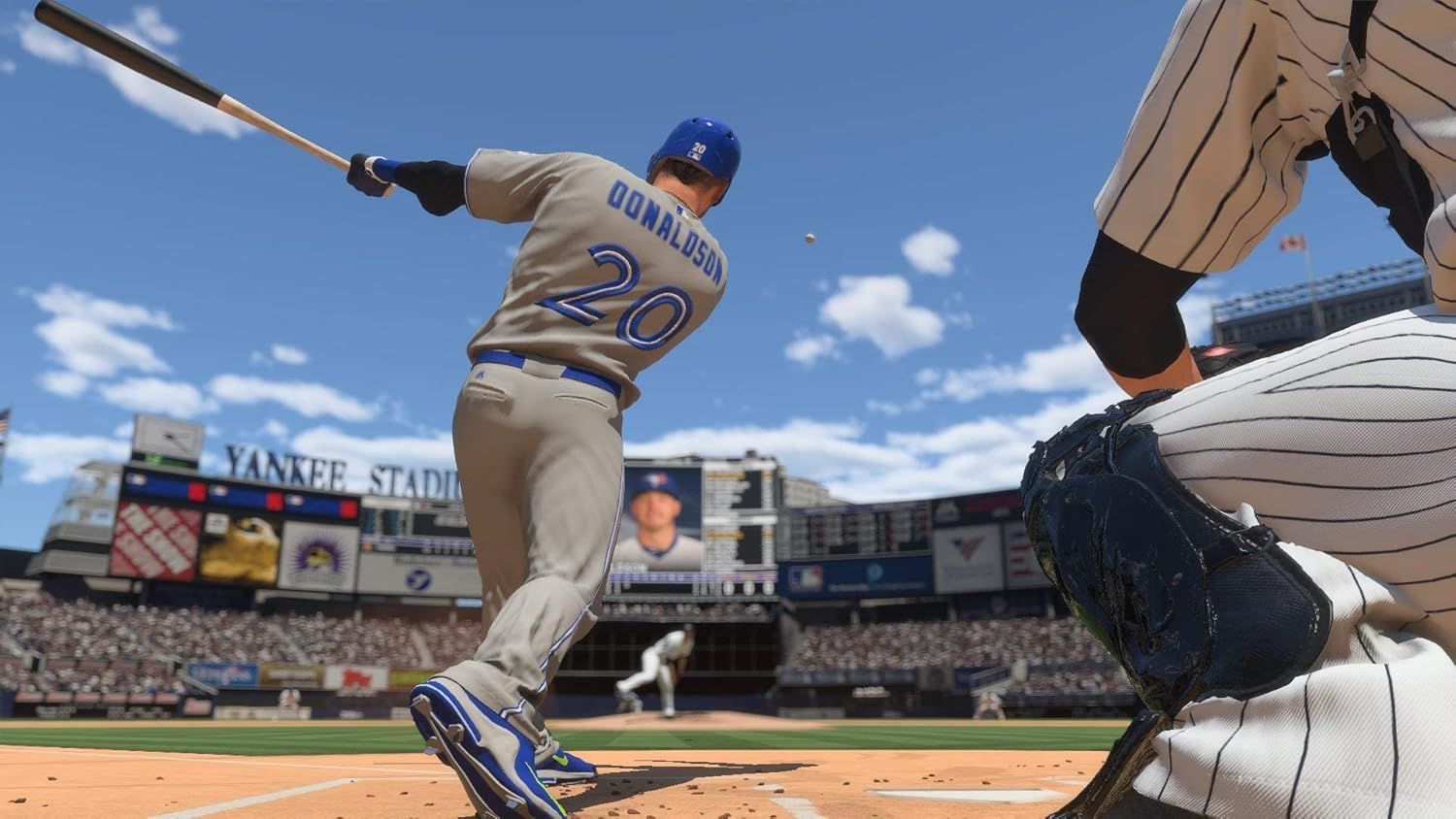Summary
- Custom soundtracks let you personalize in-game audio by adding your own songs.
- Plenty of original Xbox games support custom soundtracks, but recent consoles are much more restrictive.
- Some current-gen console games support USB-imported music and Spotify integration.
Video games are full of amazing music, but some games sound even better with your own personal playlists. Consoles used to let you import custom soundtracks into games, but the feature has practically vanished on modern platforms. So what happened?
Custom Soundtracks Let You Personalize Your Playlist
Custom soundtracks have been a part of PC gaming for years—thanks to both mods and official support—but they barely have a presence on consoles. Hardly any console games let you replace their music with your own, but the original Xbox was a lot more lenient in this regard. By downloading music onto the Xbox’s hard drive, you could easily import songs from your playlist into a wide variety of games.
While not every original Xbox game supported custom soundtracks, the option was available across most of the console’s sports and racing games. So if you have an original Xbox lying around, you could race through Forza Motorsport with songs from Mario Kart, or pretend Disney’s Extreme Skate Adventure is a better game by blasting the Tony Hawk’s Pro Skater soundtrack.
There are also plenty of action games that let you inject your own music. Grand Theft Auto III, Vice City, and San Andreas all include custom radio stations that let you drive around to the tune of your favorite songs. If you don’t mind creating a few historical anachronisms, you can even bring the radio songs of the modern GTA games into the past by adding them to the series’ early-3D entries. But if you want an action game that can make any song seem like an epic cinematic score, the first-person shooter Black can turn your playlist into the soundtrack for its explosive, action-packed campaign.

Related
10 Xbox Games You Probably Haven’t Played (But Definitely Should)
Everything is an Xbox now, apparently, so play these games.
Some of the greatest uses of custom soundtracks weren’t even on the original Xbox. Before custom soundtracks ever became a short-lived standard feature for Xbox games, the PS1’s cult-classic rhythm game Vib-Ribbon allowed you to turn any song into a custom-made level.
The way it worked was by allowing you to swap out the game disc with any music CD. Vib-Ribbon would generate an entire level based on the song you choose. While more recent games like Audiosurf and Beat Saber perfected this concept on PC, Vib-Ribbon is still one of the only games to bring this idea to consoles—though it sadly was never released in North America.
Probably the only game with an even more impressive use of custom soundtracks is SSX—the 2012 reboot of EA’s long-forgotten snowboarding franchise. Like many other sports games, SSX includes the option to replace the game’s licensed tracklist with your own songs. But rather than having your music play in the background as normal, SSX remixes your songs in real-time, transforming your playlist into a dynamic soundtrack that constantly reacts to your moves on the course.
If you start grinding on a rail, the music will respond with a satisfying stutter effect formed from the last few beats. Launch from a big jump, and the music will slowly fade out until you are just about to hit the snow, where the song will suddenly return as you stick the landing. Even when you’re carving down the course, the music will follow along, alternating between the left and right stereo. Stages with special hazards will also remix the soundtrack in their own unique ways. If other games should take anything from SSX, it has to be its amazing on-the-fly remixing that has somehow gone ignored for so long.
What Happened to Custom Soundtracks?
Aside from the original Xbox, custom soundtracks are rarely—if ever—available on consoles. The reasons for their omission vary between every system, but most boil down to technical limitations and pointless restrictions.
Prior to the original Xbox, most consoles weren’t capable of ripping CDs and storing music files. Even its direct competitors—the GameCube and PlayStation 2—aren’t capable of storing music. Most early consoles didn’t include any internal hard drive, and the few that did weren’t designed to store audio. Because of this, many games that supported custom soundtracks on the Xbox omitted the feature from other console ports.
The Xbox 360 and PlayStation 3 were capable of storing music on their hard drives, yet custom soundtracks became even harder to find during this console generation. This time, the reasons had nothing to do with hardware limitations. Instead, both consoles included media players that allowed you to hear music while playing games. If you wanted to listen to your own albums on consoles, most games expected you to use this feature, and custom music was largely disregarded as a result. However, as demonstrated by Vib-Ribbon and SSX, in-game custom soundtracks have plenty of exciting uses that aren’t possible with an ordinary music player.
The Xbox 360 and PlayStation 3 also marked the start of microtransactions creeping their way into console releases, and some games took the opportunity to charge extra for music tracks. That’s not a problem for rhythm games wherein each song functions as its own playable level, but it’s a greedy practice in any other genre. Fighting games like Tekken Tag Tournament 2 and racing games like Ridge Racer 7 neglected custom soundtracks simply because it would be more profitable to charge for the ability to listen to iconic songs from their series.
This problem is even more common on modern consoles. Newer systems aren’t capable of playing or storing music from CDs, having replaced the feature with music streaming services like Spotify and Pandora. Unfortunately, this means we’re starting to see games use every inconvenient alternative to a proper custom soundtrack option. Some recent games, like the various Resident Evil remakes and Persona 3: Reload, are charging extra to swap their music with other tunes. However, most games expect you to have music streaming in the background if you want to hear anything other than their default soundtrack.
How Recent Games Are Supporting Custom Music
Current-gen consoles won’t let you rip CDs anymore, but that hasn’t stopped some games from giving you total freedom to tailor their soundtracks to your tastes.
Some PS4 and PS5 games allow you to import MP3 music files from a USB drive, letting you use any songs ripped from a CD or a digital soundtrack. As someone with a mostly digital music collection, this is a fantastic change. Not only is it easier (and cheaper) to transfer music onto a USB than burning discs, but it’s just as easy to rip CDs onto the same storage device. While I’d prefer modern consoles to support both CDs and digital music, having just the latter is still a welcome convenience for anyone who enjoys using custom soundtracks.
However, only a few recent console games use this feature. Up until its most recent entries, the MLB: The Show series allowed you to add your own music from a USB through its “Sounds of the Show” feature. Unlike most other custom soundtracks, Sounds of the Show doesn’t limit you to just the game’s background music—you can change nearly any song that plays throughout the match.
Whether it’s for a player walking up to the mound, striking out, or scoring a home run, MLB: The Show lets you attach a unique theme to just about every part of the game. You can even set a different song for the end of each inning or give your team a custom chant. It’s ridiculously in-depth, and I’d play more sports games if they all had a similar feature.
One of the most recent games to feature custom soundtracks is SD Gundam: Battle Alliance. At the time of writing, it’s one of the only current-gen games to support USB-imported music, as even the PS5 versions of MLB: The Show dropped the feature for seemingly no reason. Battle Alliance itself doesn’t do anything groundbreaking with its custom soundtracks, but the level of customization it provides is fairly robust.
Instead of storing your music in a separate playlist, Battle Alliance gives you free rein to select specific replacements for each song on the soundtrack. This means you can set some songs to be character-specific theme songs, while others serve as generic battle music or menu tracks. You can also mix and match the official soundtrack with your custom music, in case you want to leave some songs intact while swapping out others.
If you have some experience with modding, you can technically add your own music to the console versions of some Bethesda games, such as Fallout 4, Starfield, and The Elder Scrolls V: Skyrim Special Edition. Unlike other console games, most of Bethesda’s recent open-world RPGs boast official mod support, even allowing you to download mods from an in-game menu. Although the console versions have a much smaller mod selection than the PC releases, there’s still a sizable selection of user-made mods, including ones meant to replace the in-game music with iconic albums from other series.
However, there’s a good chance that you listen to most of your music through Spotify, Pandora, or YouTube. While most games with custom soundtracks only allow you to import songs if you already own them on a CD or digital album, Dangerous Driving is one of the only exceptions that integrates your Spotify playlist into its in-game soundtrack.
Although you can just as easily put Spotify in the background while playing any other game, having these songs play from within the game comes with its own conveniences. Songs will start and stop alongside races, and pausing the game will also pause the current song. If you want to play with your streaming library without constantly swapping between menus, Dangerous Driving has got you covered.
The loss of custom soundtracks is one of the most baffling missteps of modern consoles. Thankfully, games like MLB: The Show and Dangerous Driving prove that it’s not impossible to bring them back. Whether other developers will learn from their examples remains to be seen, but I’m looking forward to the day when custom soundtracks finally get an encore.








Leave a Comment
Your email address will not be published. Required fields are marked *